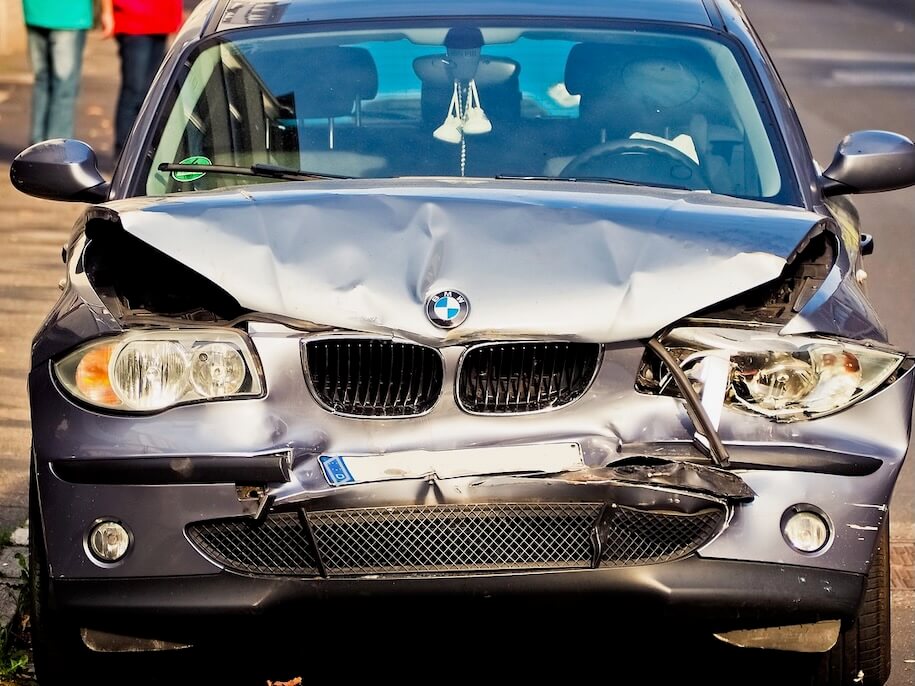Glancing hits and right-angle strikes can both harm a vehicle’s flank, but how bad the results get depends on travel pace, collision angle, and exactly where contact occurs. These incidents often take drivers by surprise, leaving almost no time to react or brace for the jolt. One might just leave scratches and a shaken driver, while the other can force metal inward with life-changing effects. Knowing how each event usually unfolds explains why some are more serious, and why impact location and force level make all the difference.

Common Scenarios That Lead to Each Type of Collision
Right-angle strikes often happen when someone skips a stop signal or misjudges crossing traffic, slamming into a car’s side as it is moving through a junction. A perpendicular impact is abrupt and powerful, with almost no warning for the sidelined driver. In contrast, parallel scrapes pop up during lane shifts, when drivers drift or change lanes without noticing someone beside them, especially on multi-lane roads or in slow, stop-and-go traffic.
While a glancing incident may start as a simple collision, it can spiral into a bigger wreck if stability is lost. Meanwhile, a broadside smash throws cars around or pins passengers instantly, making the whole scene chaotic. Knowing how to tell who sideswiped who by damage not only shapes the possible fallout, but also clarifies fault.
Injury Severity and Impact on Vehicle Occupants
Side hits at right angles are prone to inflict major trauma, especially on anyone sitting next to the door. A direct blow packs all its energy into a narrow area, with mere inches of metal between passengers and the outside vehicle. It can lead to broken bones, head knocks, damaged organs, or worse, particularly when vehicles barrel through signals at high speeds.
Glancing collisions usually spread force over a longer zone, so the initial jolt feels lighter. However, if the scrape causes a spin or sends a car careening into another object, the chain reaction can be just as bad. Neck strains, shoulder sprains, and even rollovers happen when balance is lost. A seemingly small side graze can still end in serious injury.
Speed and Point of Contact Play a Major Role
How fast each car is moving at the moment of impact changes everything. In a perpendicular strike, a fast-moving vehicle rams into a slower or halted one, concentrating force into one spot. At higher velocities, this can crumple the cabin or collapse door panels inward. Urban drivers who gun it through yellow lights risk turning minor errors into devastating events.
Parallel bumps tend to occur when both vehicles travel side by side, often at similar speeds. A wider spread of energy may soften the immediate blow, but on highways, even a quick scrape can flip a car or send it off the pavement.
Types of Vehicles Involved Can Shift the Outcome
Size and weight differences shape how harm is dealt out. When a heavy pickup or SUV crashes into a small sedan at a junction, the taller, heavier machine often strikes above the car’s frame, worsening injuries for those inside the smaller vehicle. Conversely, sitting in the heftier ride can sometimes absorb more of the force when you are struck.
In side-by-side scrapes, a compact car might be shoved off course more easily. On the other hand, a long, heavy vehicle holds its line but suffers dents all along its side. Riders on motorcycles face extra danger in both scenarios, with almost no shell to shield them from even the slightest knock.
Endnote
Knowing a right-angle blow can cause irreversible harm in an instant can stop you from speeding through a yellow light. Realizing a mere scrape can spiral into a spin can further make you double-check mirrors before merging. Each mishap highlights how quickly things can go wrong and why split-second decisions matter. Spotting warning signs and respecting those risks helps keep you (and everyone around you) safer every time you drive.
People also read this: From Barrel to Tank: The Role of Storage in Oil and Gas Logistics

